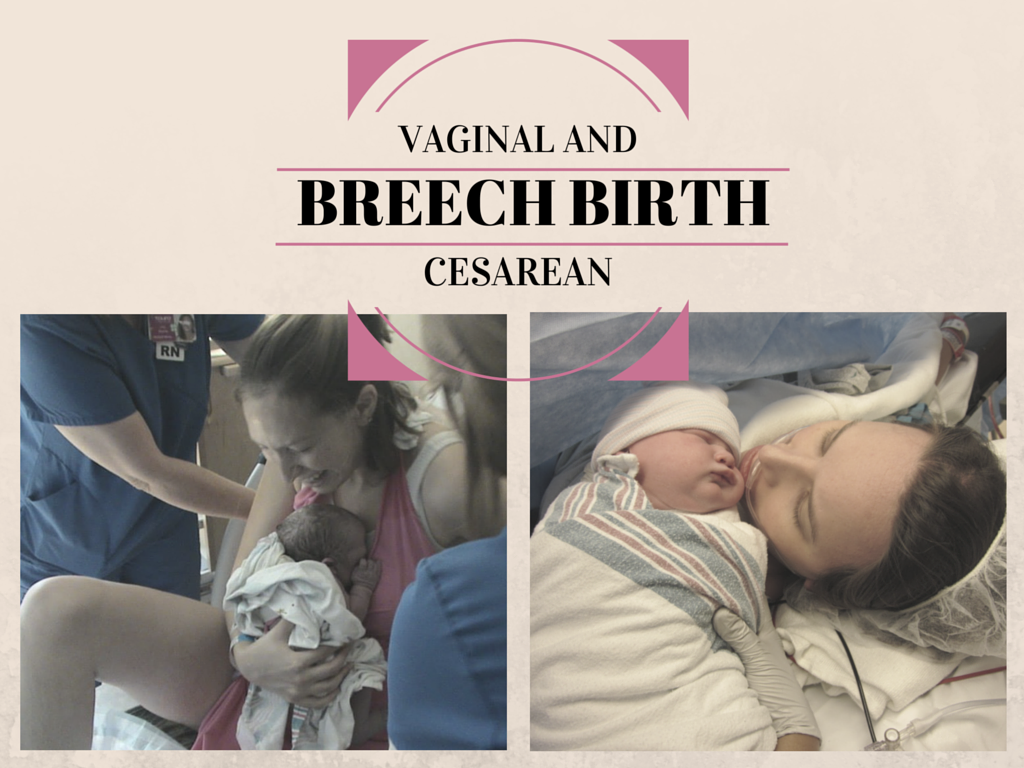2014 Netherlands Study: Universal Cesareans Safer, Risk of VBB Less than VBAC
A new study came out in August of 2014 where the conclusion was that planned cesarean for all breech mothers would result in a decrease in the perinatal mortality rate. There is a longer explanation and discussion of this study on the blog, but here is the gist of it.Researchers looked at all the breech births in the Netherlands before and after the rise in cesareans due to the term breech trial. They concluded that, because there was a noticeable drop in perinatal mortality, it would be advisable for all breech babies to be born by cesarean. Doing 100% cesareans on breech babies would, according to them, save 10 babies a year.
The main problem with this is they are comparing the number of babies who didn’t make it in the year 1999-2000 (1.3/1000) to the same percentage from 2000-2007, when there was a large increase in cesarean birth (0.7/1000). (During this time, about 22% of Dutch women with breeches had vaginal breech births. ) They report that 1:5 deaths occur in births where breech position was a surprise. So that’s not a planned vaginal breech birth. Since home birth is very common in the Netherlands, many of these probably occurred at home with surprised midwives, not all of whom feel confident about breech birth. And you can’t plan a cesarean for a breech baby you don’t know about.
If you remove the surprise breeches, and focus only on the planned VBB and planned cesareans, the perinatal mortality rate is the same as it was before the rise in cesareans. 1.3/1000 This is less than the risk of complications with a VBAC (1.4/1000), which women are encouraged to do in all evidence-based care centers.
If you plan on having no more babies, and don’t want to have a vaginal breech birth, a cesarean is a safe option.
If you plan on future pregnancies and want to have a vaginal breech birth with an experienced care giver, that is the safest thing for your family. A cesarean puts a future child at an increased mortality risk of 2.5/1000.
Get more information on the website.
Read the Breech Baby Handbook.






